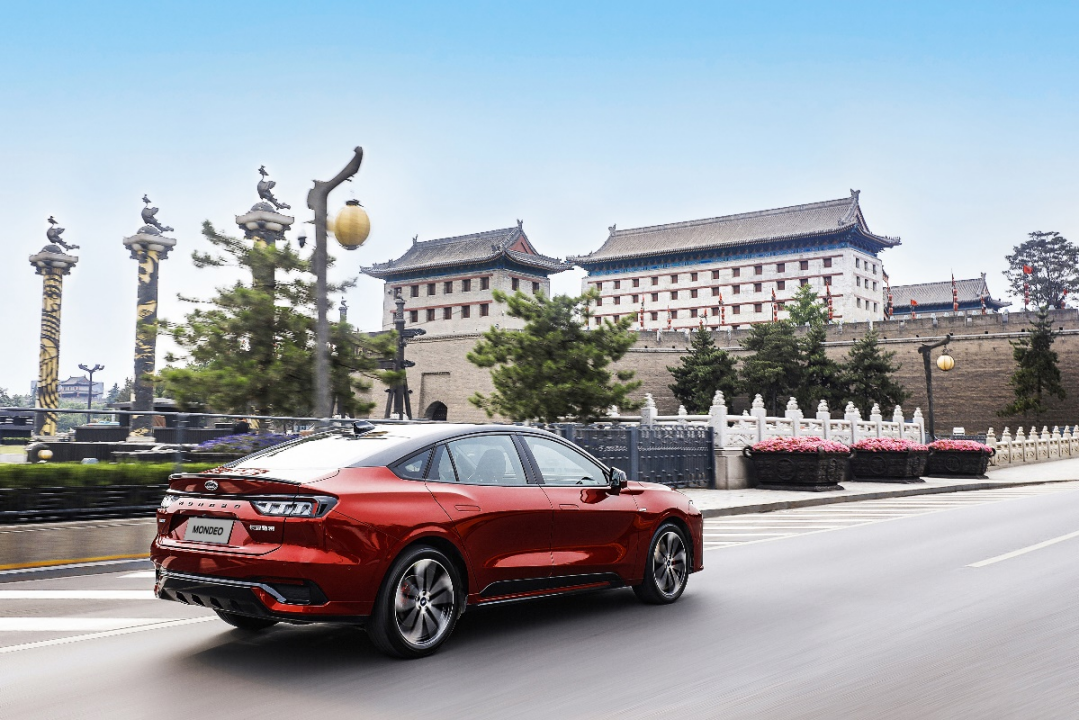After Wuxi, Changsha and Guangzhou, Ford Motor announced its cooperation with its partner Navinfo to implement vehicle-to-everything (V2X) technology in Xi’an. Ford is the first automaker in the industry to use V2X technology in mass-produced vehicles, and this technology has been fully equipped on all six Ford models.
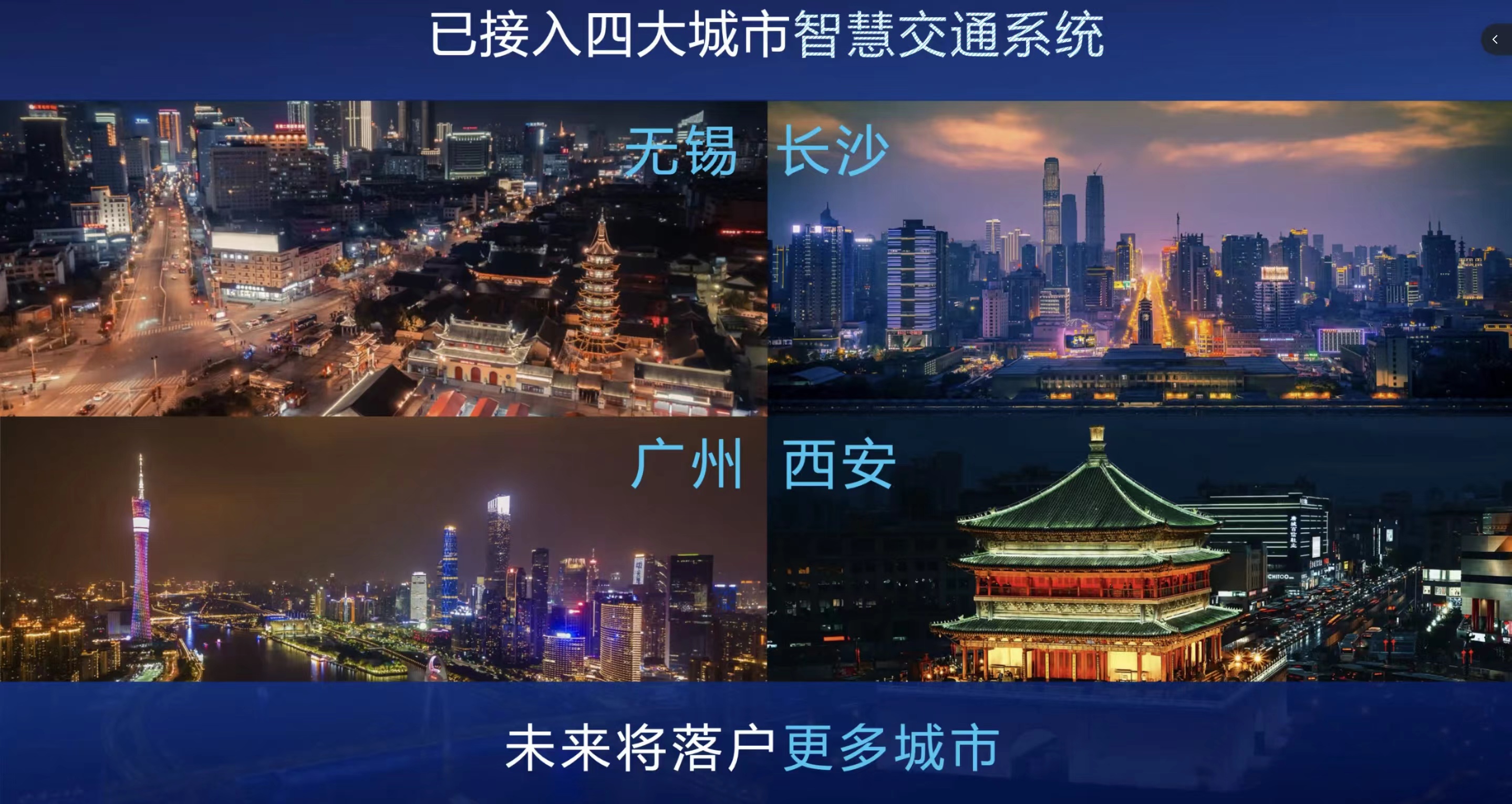
Why Choose Xi’an
As an important hub city of the “Belt and Road”, Xi’an has a vehicle ownership exceeding 4 million, ranking seventh in China, with heavy urban traffic pressure.
In terms of digital construction of road traffic, Xi’an has always been at the forefront of the industry in China. By July 2021, Xi’an had completed the intelligent transformation of 1,341 signal lights at road intersections in the main urban areas. Improving Xi’an’s traffic efficiency and safety through V2X is Ford’s vision and original intention of implementing V2X technology in Xi’an.
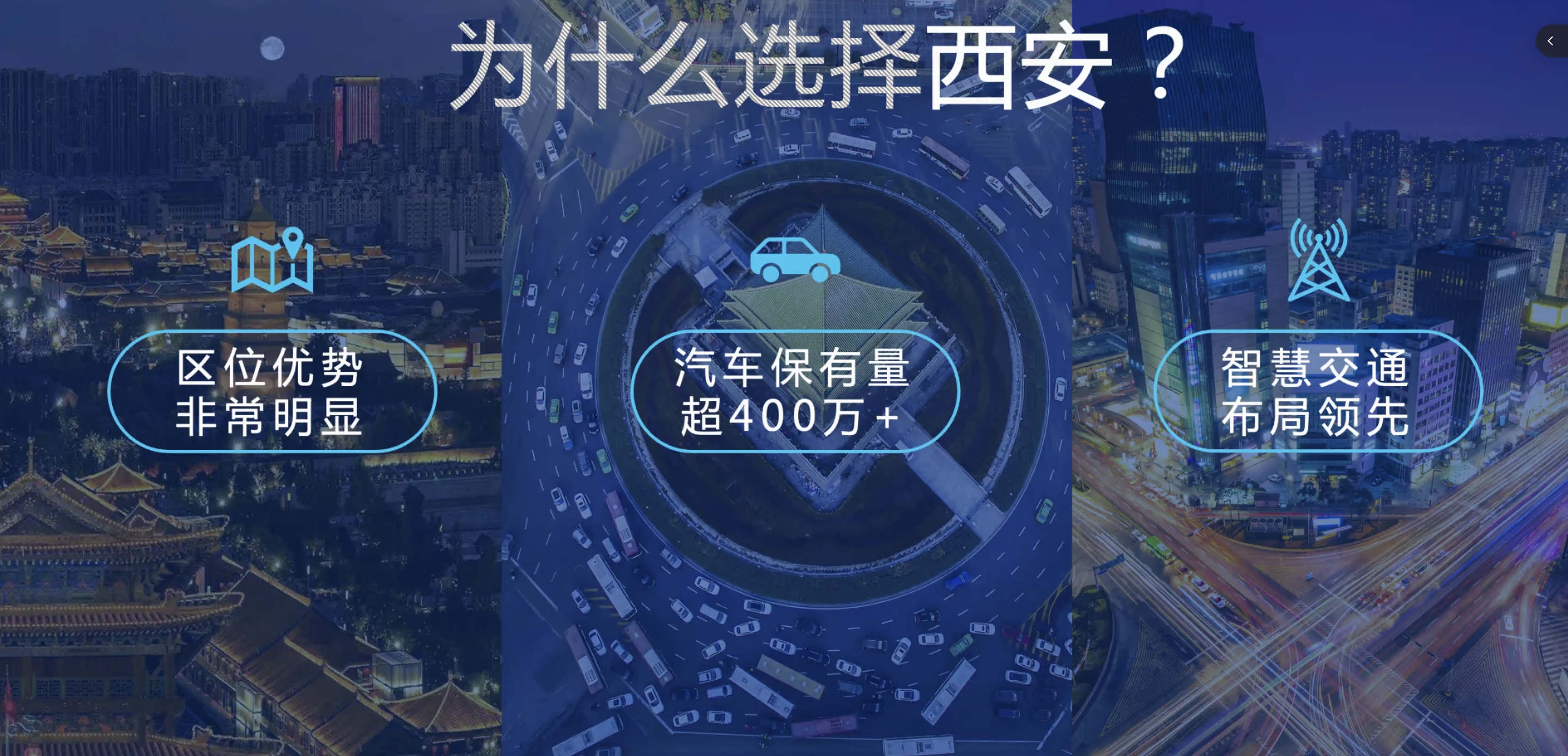
The Ford V2X technology has landed in Xi’an and the first batch has opened nearly 100 intersections in the Weiyang and Yanta districts of Xi’an. Ford owners do not need to add any hardware but can access the local smart transportation system through OTA upgrade.
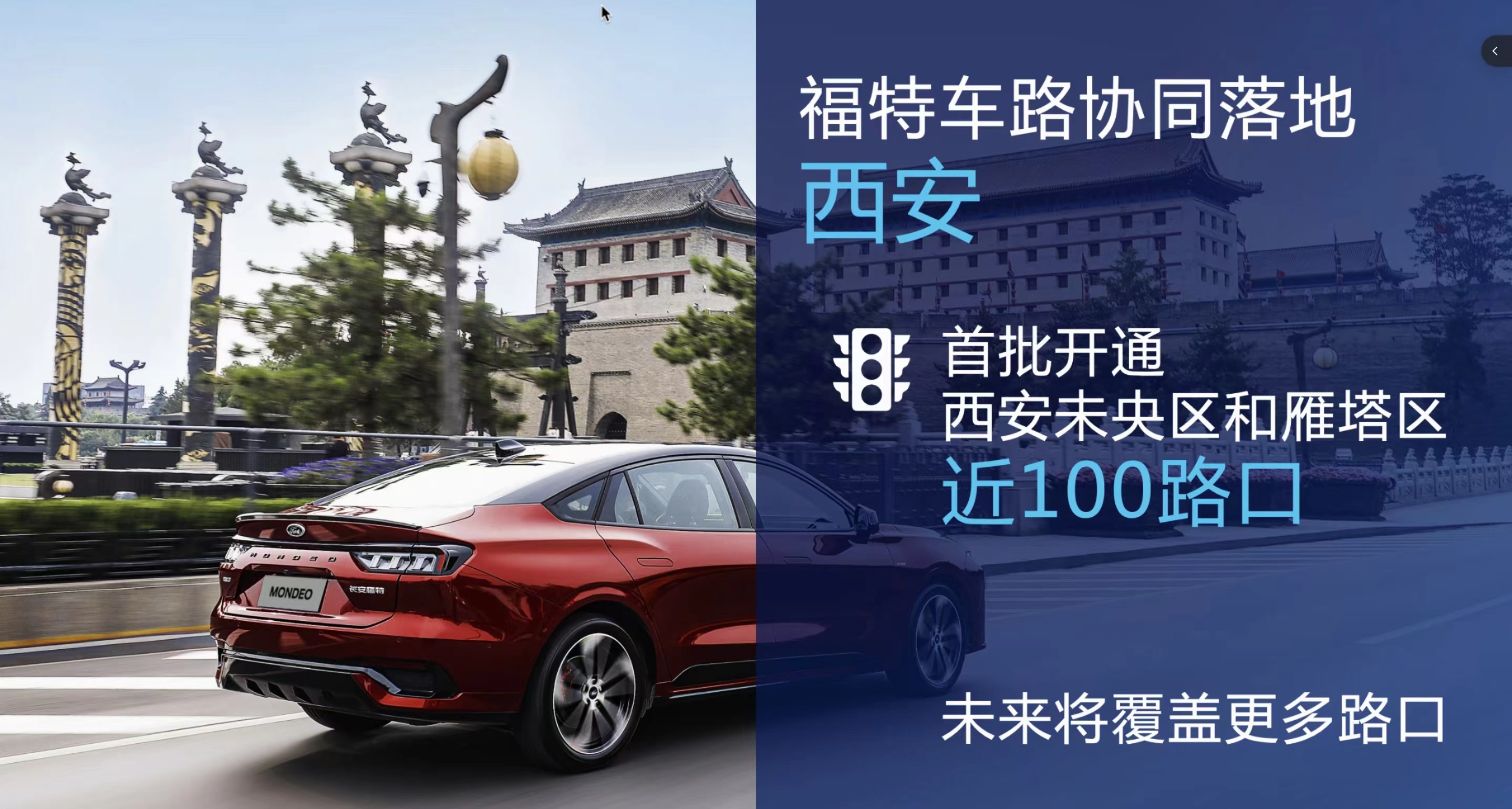
Navinfo is a leading integrated solution provider for smart transportation in China, which has advantages in high-precision maps, engines and big data platforms. In addition, Navinfo’s wholly-owned subsidiary, “Century Qualcomm Smart Transportation Cloud Control Platform”, provides key technical support for Ford vehicles to realize bidirectional interconnection between “vehicle-road (signal lights and road information)-cloud (traffic cloud control platform)” .

As an advanced vehicle wireless communication technology, V2X technology (also called “cellular vehicle to everything”, abbreviated “C-V2X”) can realize real-time data transmission between vehicle-to-vehicle (V2V), vehicle-to-intelligent infrastructure (V2I) and vehicle-to-person (V2P). With this technology, vehicles can receive road traffic information ahead and perceive risks beyond the sensor range, thereby helping car owners avoid congestion, reducing the risk of collisions and running red lights, and improving overall traffic efficiency.Ford is the first domestic car company to achieve mass production of V2X technology by adopting the “vehicle-road-cloud” network model. Currently, Ford’s V2X system has been installed as standard on six Ford production models including the new generation Mondeo, the new generation F-150 Raptor, EVOS, Mustang Mach-E, Explorer Plus and new Explorer, and has covered parts of the road networks in Wuxi, Changsha, Guangzhou and Xi’an. With the advancement of intelligent road renovation in various cities, the coverage of Ford’s V2X system is continuously expanding.

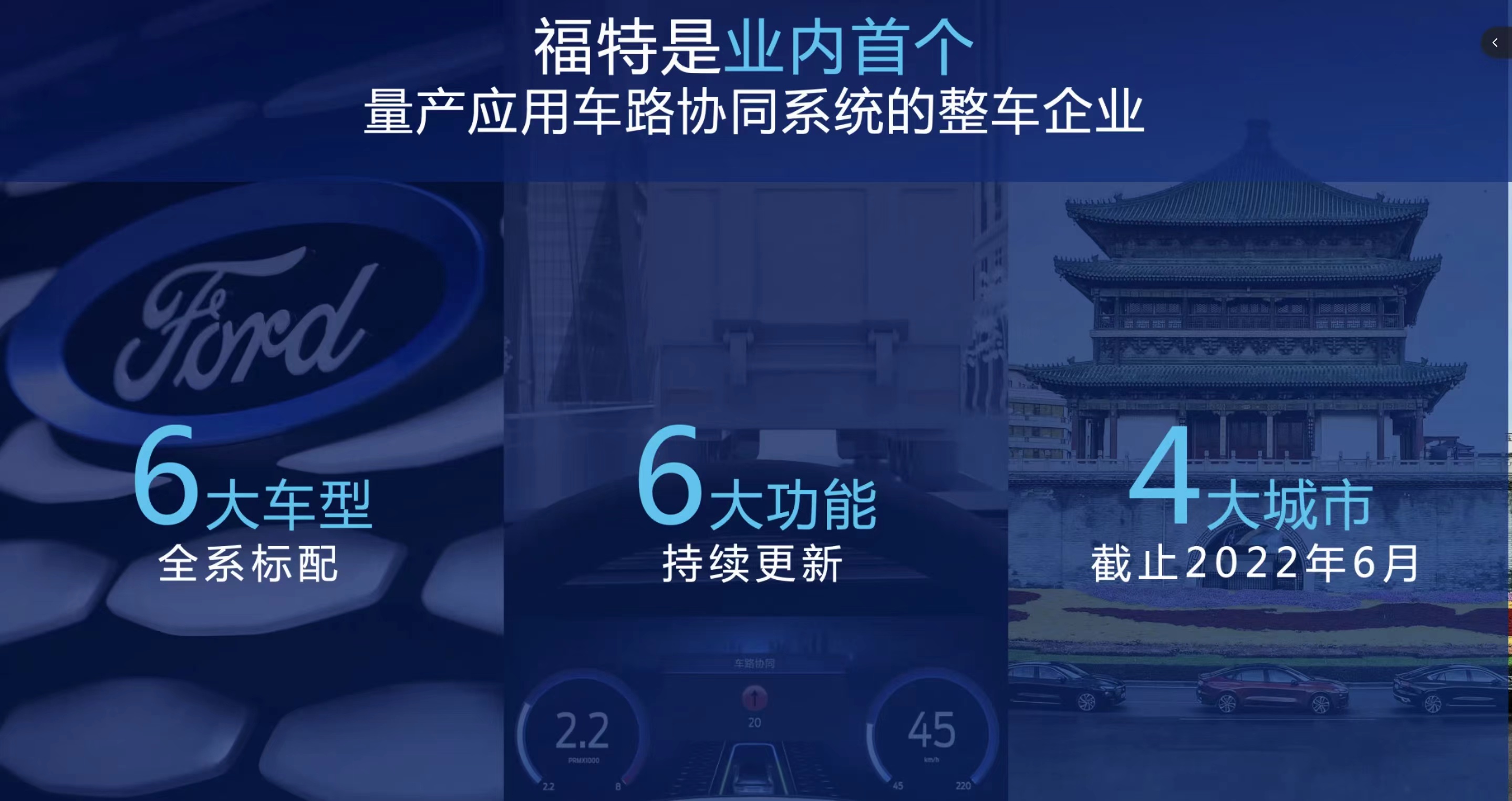
Six Functions of Ford’s V2X System
Based on the existing commercial 4G/5G cellular network communication mode, Ford’s V2X system achieves two-way data interconnection between vehicle, road and cloud, displaying information on the dashboard in the form of images and sounds, such as traffic light status and road infrastructure information ahead, while synchronously displaying the traffic light status at the intersection in the navigation mode of the in-car system.
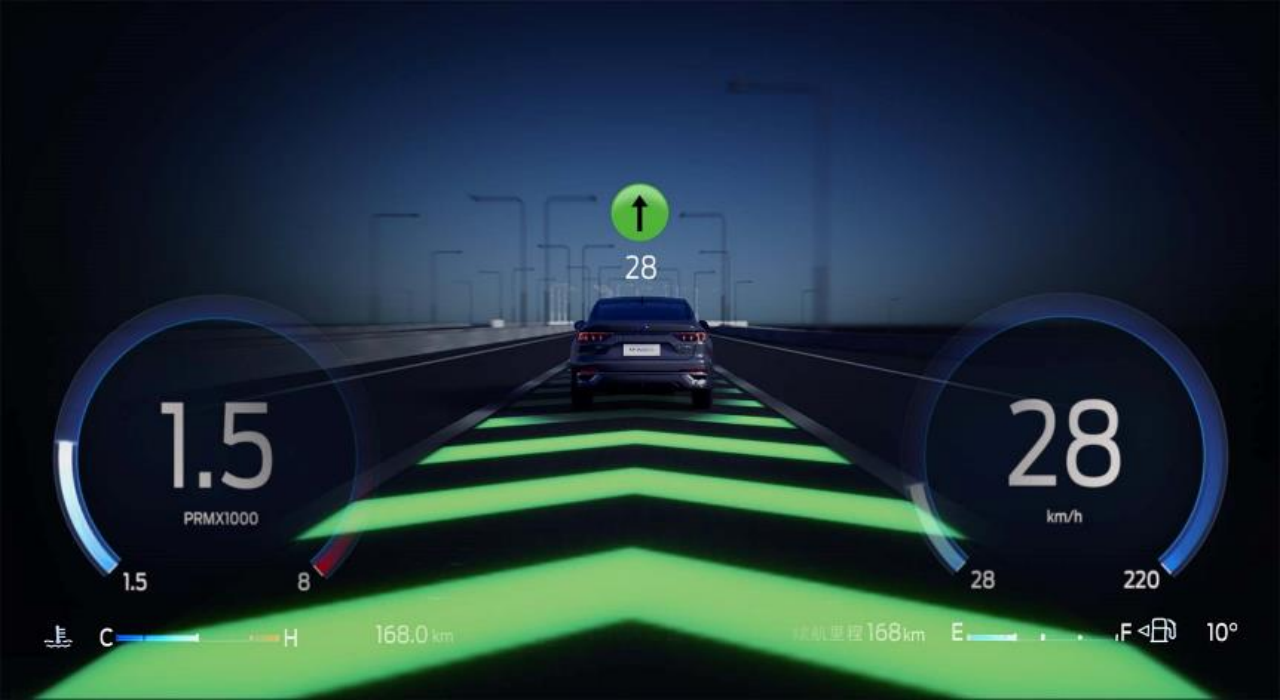
According to Chinese urban road conditions and car owner driving habits, Ford China has developed six V2X functions, including traffic light signal push, green wave speed, green light reminder, red light running warning, road information broadcasting, and electronic traffic signs, which can effectively improve intersection efficiency and reduce city road congestion.
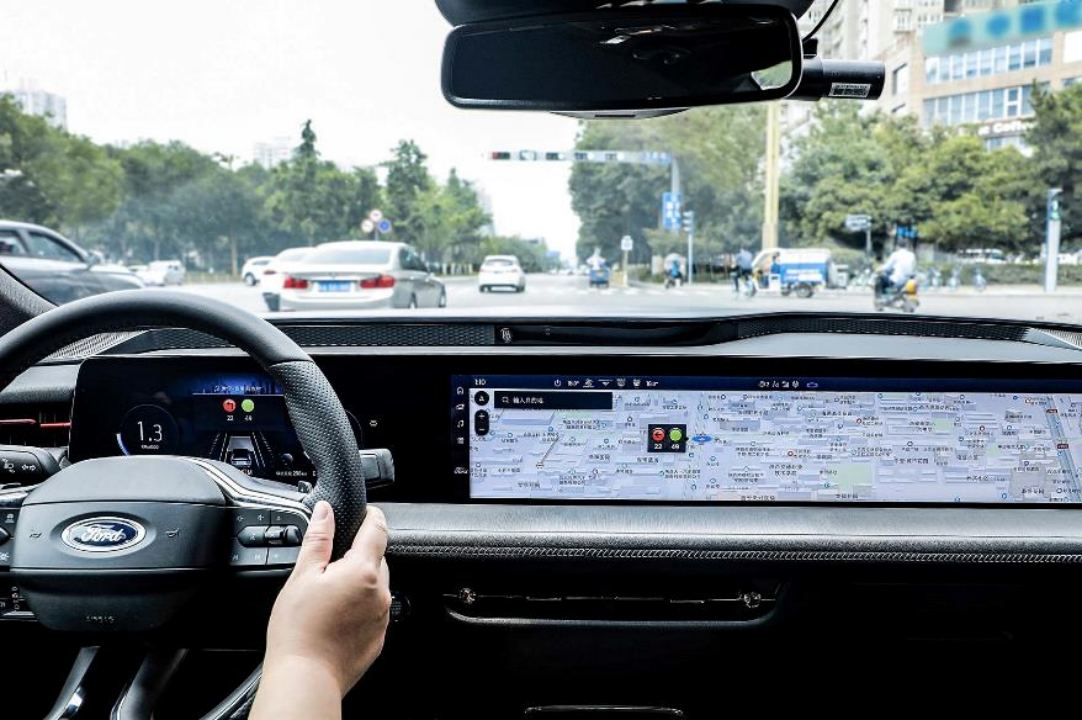
As intersection traffic conditions are complex, the traffic light signal push can inform the driver in advance of the situation ahead before passing the intersection, and with green wave speed, the driver can avoid having to stop at the intersection. In addition, the green light reminder can prevent drivers from being distracted while waiting at the light, while the red light running warning can remind drivers to slow down and brake in advance to avoid sudden stops when facing red lights. Drivers can also adjust the sensitivity, turn sound alerts on/off, etc., according to their driving habits.
V2X may be the trend
At the previously held China Electric Vehicle Hundred Persons Conference, Miao Wei, vice chairman of the Chinese People’s Political Consultative Conference Economic Committee, said that currently, including Tesla, the main implementation method is single vehicle intelligence, but now more and more companies realize the importance of V2X.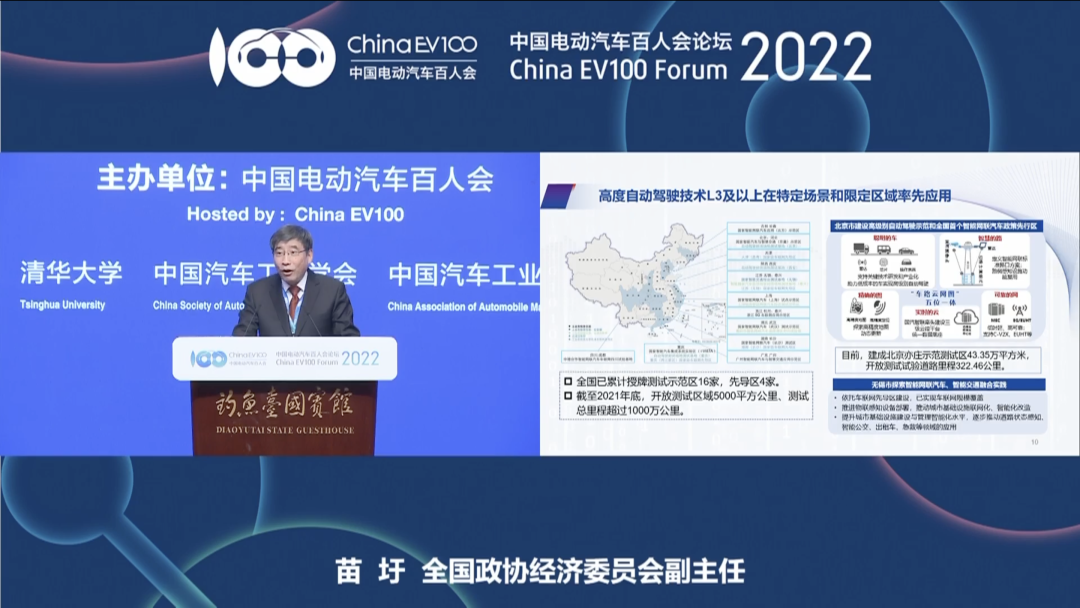
According to Miao Wei, relying solely on bicycle intelligence may achieve L2 intelligent driving, but it is very difficult to achieve L3 intelligent driving. The computing power and power consumption required for L4 intelligent driving are too much for vehicles to bear, so some of the computing power must be moved from the vehicle to the roadside for edge computing, end-to-end communication, and vehicle-road collaboration.
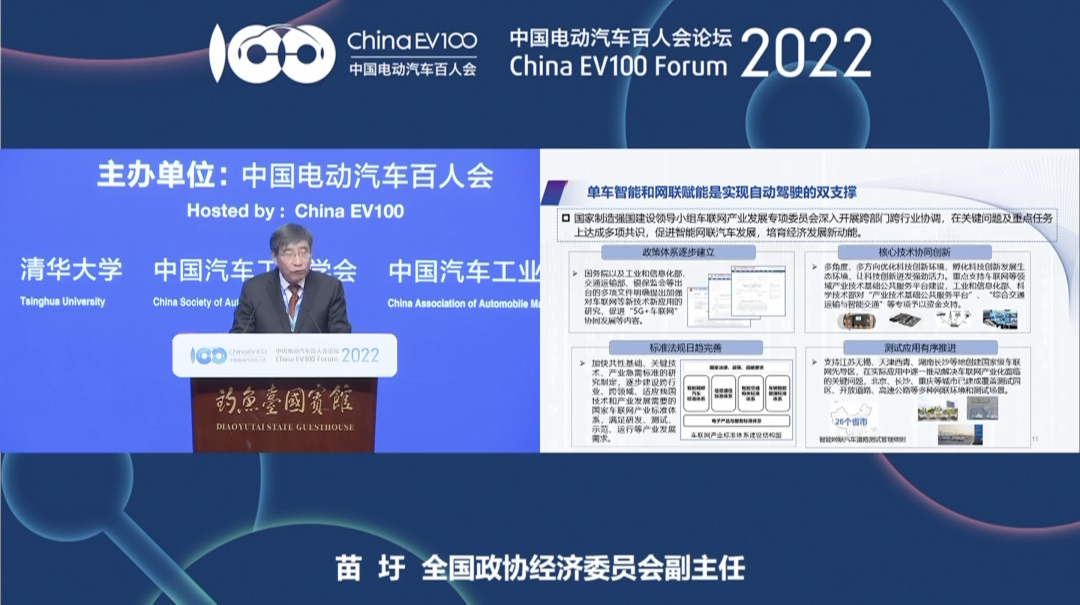
Through the application of car-road-cloud collaboration, roadside infrastructure has the ability to perceive and plan decisions, high-precision maps can provide dynamic information on updated road conditions, and cloud data can provide decision-making assistance. This can break the limitations of single-bicycle perception and scene understanding, and reduce the complexity of difficult situations.
He Zhiqiang, Senior Director of Delivery of Ford China Intelligent Network Connection Products, stated:
Since the first technical verification in China in 2017 until its application in mass-produced models in 2021, Ford’s vehicle-road collaboration system has undergone more than 200 iterations. In the future, Ford will continue to polish the product according to user feedback, making it more practical.
We also hope that more partners will join us in promoting the large-scale commercial application of vehicle-road collaboration systems. At the same time, with the integration of vehicle-road collaboration technology and advanced driving assistance systems, the desire for “disregard traffic lights” will eventually become a reality, even applied to L4 autonomous driving.
This article is a translation by ChatGPT of a Chinese report from 42HOW. If you have any questions about it, please email bd@42how.com.
